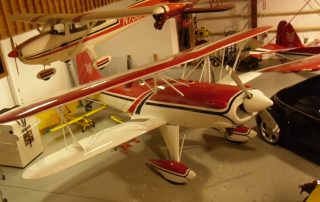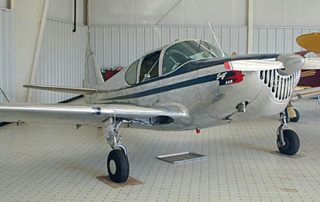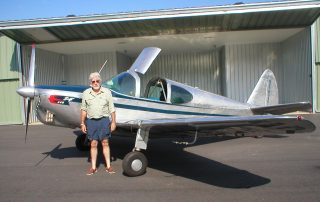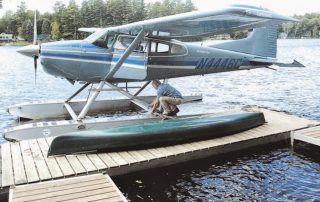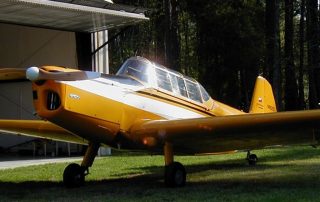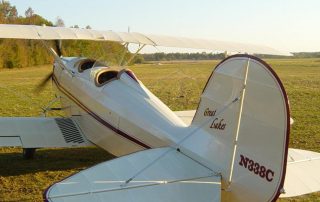Flying
I became seriously interested in flying in my early teens while living in Turkey. Having had the good fortune to grow up as a ‘military brat’ I had access to libraries overloaded with books dealing with anything military. There were volumes dealing with the earliest history of flight to autobiographies of most of the aviation greats from WWI to the Korean War. It wasn’t until I had decided to accept an appointment to Annapolis that I considered taking a pre-flight physical at the Air Force Academy and then found out that my eyes would keep me from ever becoming a fighter pilot.
During the Viet Nam War I served as an Electronic Warfare Counter Intelligence Watch Officer in support of various naval squadrons assigned to the aircraft carrier CVA-64, the USS Constellation. As a result I was surrounded by F4-J Phantoms, A6-Intruders, F8 Crusaders, A4 Skyhawks, F111-Aardvarks, C1s and E2 electronic intelligence/radar planes. My last tour was centered around Operation Linebacker and I got to serve with the first aces of the Viet Nam War, Randy “Duke” Cunningham and William Driscoll.
Other than traveling as an airline passenger for many years it wasn’t until 1990 that the bug bit again and I enrolled in a local Cessna ‘Learn to Fly’ program. I soloed in my very own Cessna C140A and thoroughly enjoyed my introduction to flying with Greg Murphy, my instructor, who is currently flying with Delta Airlines.
I tried getting my family into flying with me as a fun group activity but that proved fruitless and I sold my Cessna C185 to purchase a Zlin 142C and stated taking aerobatic lessons from Rob Holland; who went on to become a five time World Aerobatic Champion.
To fly aerobatics very well takes a lot of time, both studying and in practice, and at that time in my career I did not seem to be able to find the time to do that pursuit justice. So I sold the Zlin to a pilot in Pennsylvania and found a Swift GC1B that I fell in love with. The flight from Tulsa, to pick up the Swift, back to Maine was an adventure that I will never forget. The wonderful people that I was lucky to meet on my trip across this country made me appreciate the fact that America is really a lot more like a Norman Rockwell painting, if you give it a chance.
On our way back home my friend David wanted to stop by Patterson Air Base and visit what is undoubtedly one of the finest air museums in existence. Also, the airfield at Dayton, Ohio is the home of the Wright Brothers Museum where I got a chance to actually pilot their replica of the plane that was made famous many years earlier as the first manned flight, in North Carolina. Another great memory from that trip was landing in a little town field in upstate New York, outside Albany, where we stopped for gas. There, upon landing and taxiing to the pumps, we were greeted by two older gentlemen who immediately inquired as to which was our favorite airplane from WW2. I said my favorite was the P47 Thunderbolt and David’s was the P51 Mustang. The two fellows started laughing out loud and insisted that we go inside to see what was a tally on the FBO’s wall of how many people picked each of those particulars planes. For you see they were each former WW2 fighter pilots, one in a Thunderbolt the other in a Mustang. As I remember the tally was still pretty close. After that story we went to refuel the Swift and the Thunderbolt pilot asked to see my log book, if I happened to be carrying the original. So naturally, since I had just purchased the plane a few days earlier, I was able to find that log. He immediately went to the very first entry, from when the plane was flow from Texas to Montana for the original owner. He said see that signature, ‘That’s me!’. He was a factory test pilot for my Swift; small world.
Throughout my years flying I have always been attracted to the idea of flying an open cockpit bi-plane. Over the winter months in order to keep from going stir-crazy, I studied many bi-plane designs and reviews and finally settled on a Stolp Starduster II. After listing my Swift for sale I was immediately contacted by a museum in Washington that wanted to trade their SD2 for my Swift. I thought it sounded great but then the founder of the museum died and the trade went into limbo. My Swift now resides at a museum in South America.
Since then I have been taking lessons in a Citabtia, that I have rented from Southern Maine Aviation, and fly occasionally with my fellow EAA club members out of the Limington-Harmon airfield. When I can find the time, while visiting clients around the country, I will often contact a local flight school and take a lesson just to keep my hand in it.
